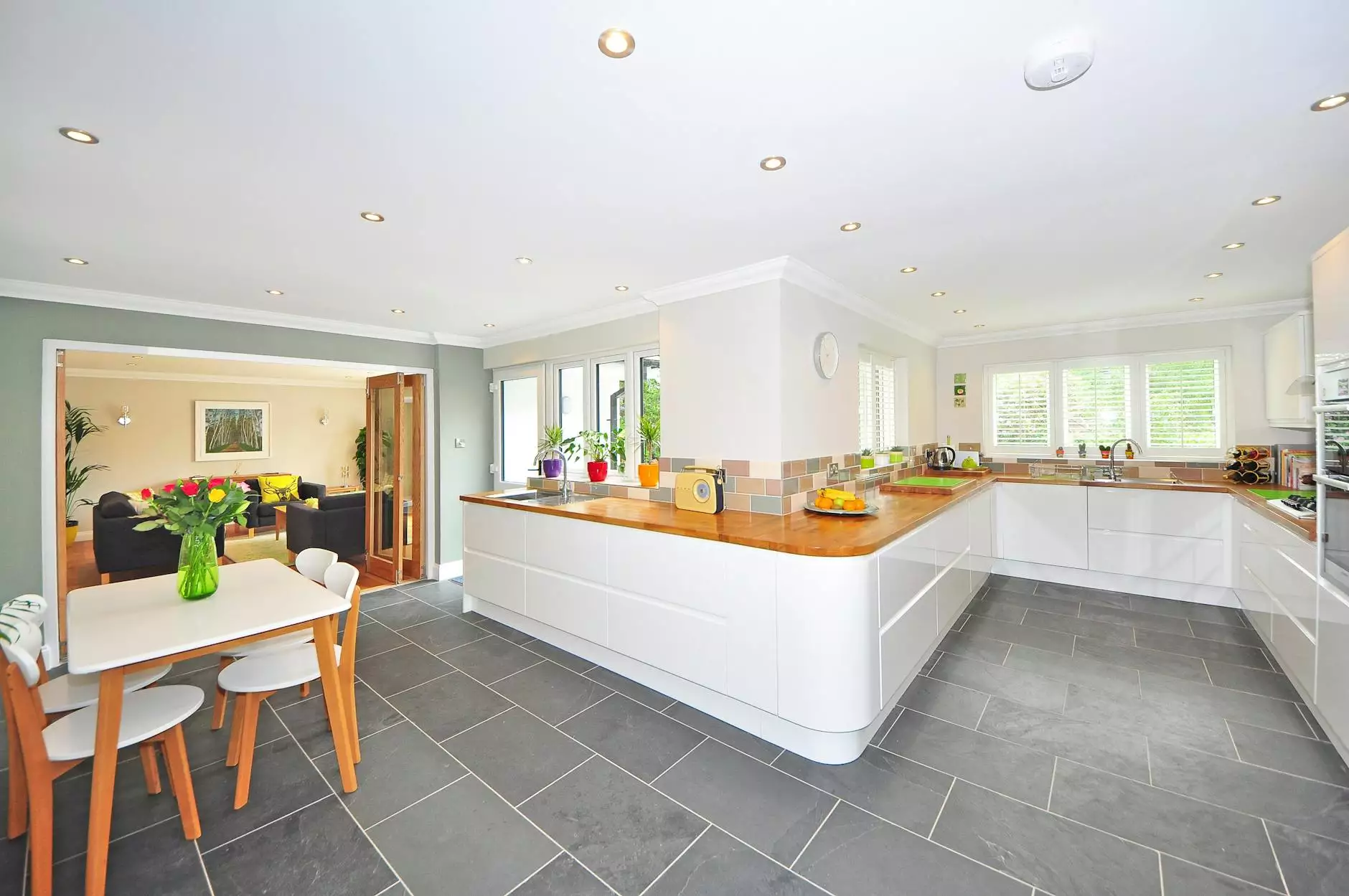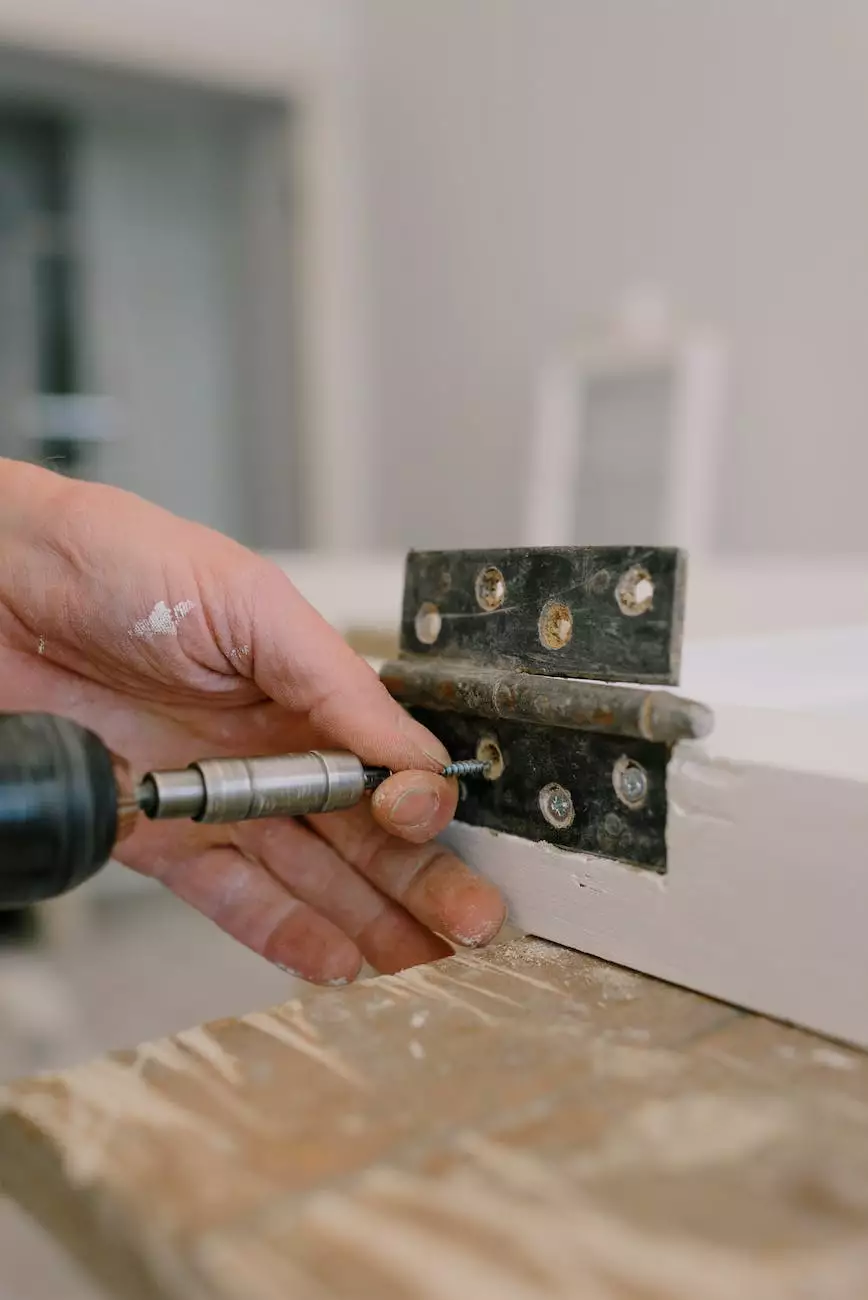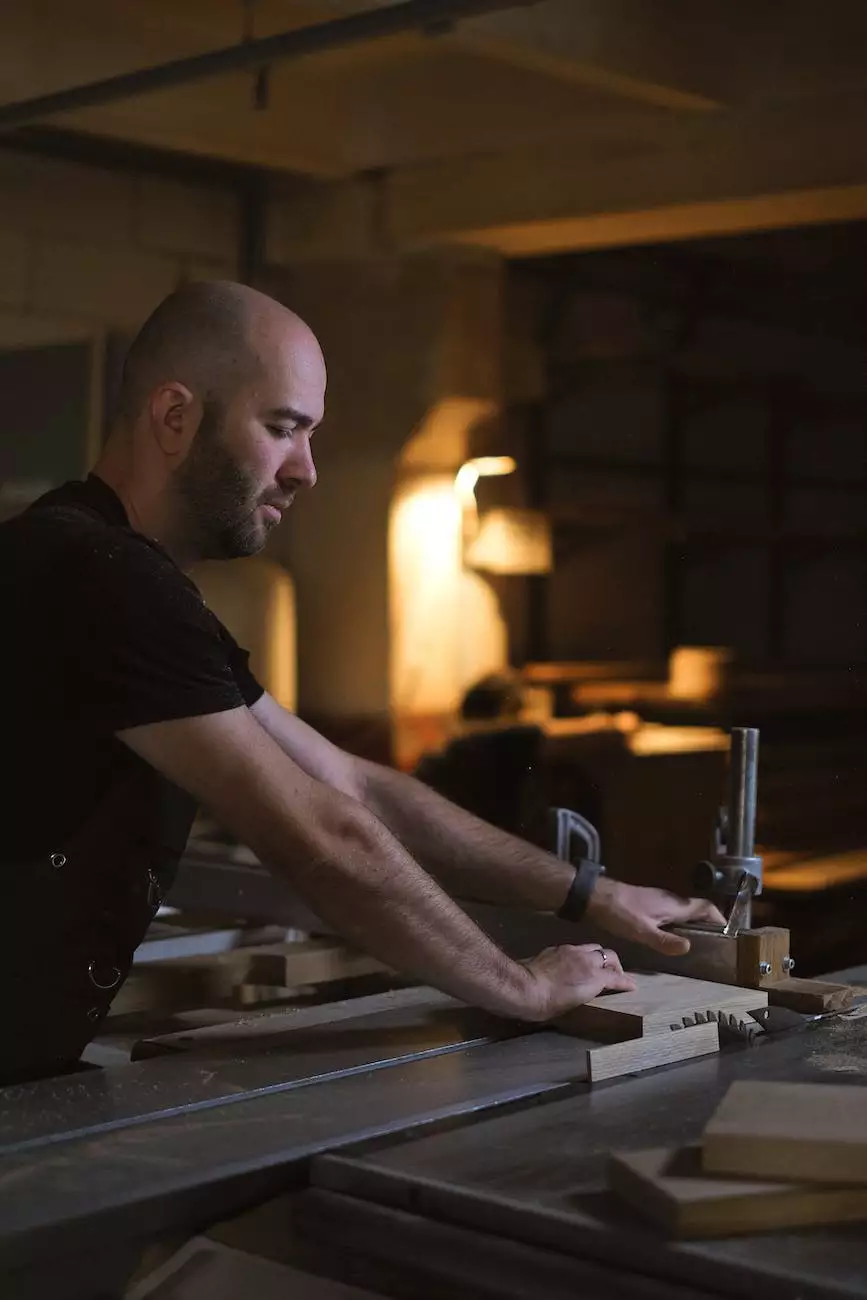Tile Vs. LVT – A Tough Decision for Your New Kitchen
Flooring
Introduction
Welcome to AJR Carpentry's comprehensive guide on choosing between tile and Luxury Vinyl Tile (LVT) for your new kitchen. When it comes to flooring options, it's important to carefully evaluate the pros and cons of each material to ensure you make the right decision.
Understanding Tile Flooring
Tile flooring has been a popular choice for many homeowners due to its durability and aesthetic appeal. Whether you opt for ceramic, porcelain, or natural stone tiles, this flooring option offers a wide range of design options to suit any style preference. Tiles are known for their strength, moisture resistance, and ability to withstand heavy foot traffic, making them a great choice for kitchens.
Advantages of Tile Flooring
- Durability: Tiles are highly resistant to wear and tear, making them ideal for high-traffic areas like kitchens.
- Water Resistance: Properly installed tiles are moisture-resistant, making them suitable for wet areas like kitchens and bathrooms.
- Design Flexibility: With an extensive variety of colors, patterns, and materials, tiles offer endless design possibilities.
- Easy Maintenance: Tiles are relatively easy to clean and maintain, requiring simple sweeping, mopping, and occasional sealing.
Considerations for Tile Flooring
While tile flooring has numerous advantages, there are a few considerations to keep in mind before making your decision:
- Cold Surface: Tiles can feel cold underfoot, especially during colder months. This can be mitigated with the use of area rugs or underfloor heating systems.
- Installation Complexity: The installation process for tile flooring can be complex and time-consuming. It is often best to hire a professional for a flawless finish.
- Hardness: Tiles are not as forgiving as other flooring options, so dropping fragile items can lead to breakage or damage.
Exploring Luxury Vinyl Tile (LVT)
Luxury Vinyl Tile (LVT) has gained popularity in recent years due to its ability to mimic the appearance of natural materials without the associated maintenance requirements. LVT combines durability, affordability, and a wide range of design options, making it an excellent alternative to traditional tile flooring.
Advantages of LVT Flooring
- Natural Look: LVT flooring closely resembles the look of natural wood, stone, or ceramic tiles, offering a high-end aesthetic at a lower cost.
- Comfortable Underfoot: LVT is softer and warmer to walk on compared to tile flooring, making it more comfortable for kitchens where you may spend long hours standing.
- Waterproof: Unlike natural wood or laminate flooring, LVT is waterproof, making it suitable for kitchens prone to spills and moisture.
- Easy Installation: LVT is a relatively straightforward flooring option to install, including click-and-lock systems that allow for a hassle-free process.
Considerations for LVT Flooring
While LVT flooring offers numerous advantages, it's essential to consider the following factors before making your decision:
- Durability: While LVT is highly resilient, it may not be as durable as natural stone or ceramic tiles in the long run.
- Resealing Requirements: LVT does not require sealing like natural stone tiles, but it may require occasional resealing when installed in high-traffic areas.
- Environmental Impact: LVT is a synthetic material and may not be as environmentally friendly as natural tile options. However, many manufacturers offer eco-friendly alternatives.
Making the Decision
Ultimately, the decision between tile and LVT for your new kitchen should be based on your specific needs, preferences, and budget. Consider the following factors:
- Style: Determine which flooring option best aligns with your overall design vision for the kitchen.
- Functionality: Evaluate how the flooring material will perform in terms of durability, moisture resistance, and maintenance requirements.
- Budget: Compare the costs of installation, materials, and long-term maintenance to ensure it fits within your budget.
- Maintenance: Consider the level of maintenance you are willing to undertake regularly, and choose a flooring option that aligns with your lifestyle and cleaning habits.
In Summary
Choosing between tile and LVT for your new kitchen is indeed a tough decision, but understanding the pros, cons, and considerations of each option can help ease your selection process. AJR Carpentry is here to assist you with expert advice and professional installation services to ensure your kitchen flooring exceeds your expectations.
For more information or to discuss your specific requirements, contact AJR Carpentry today and let us help you transform your kitchen into a beautiful and functional space.




